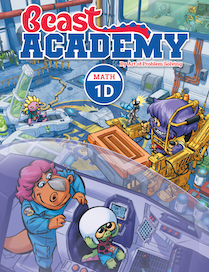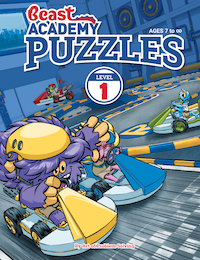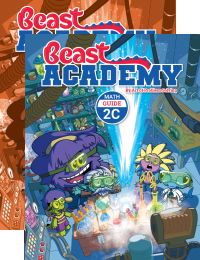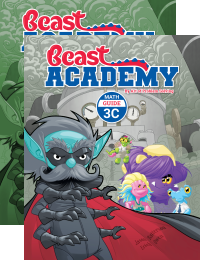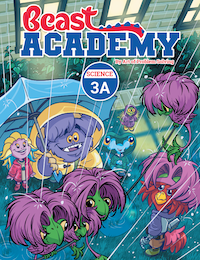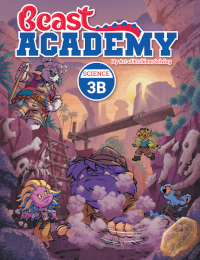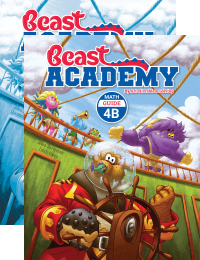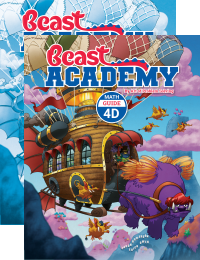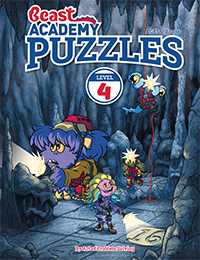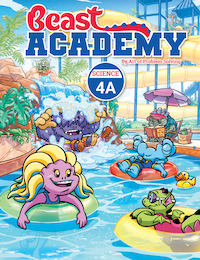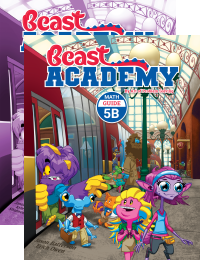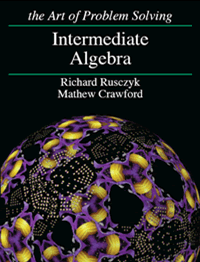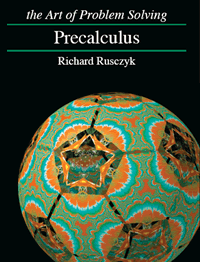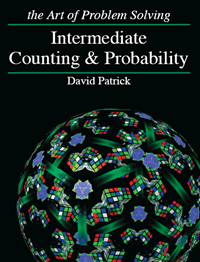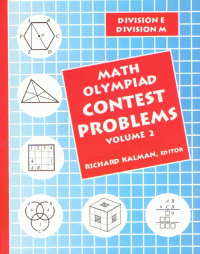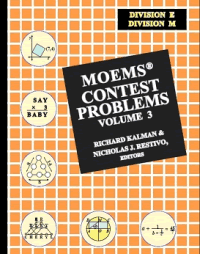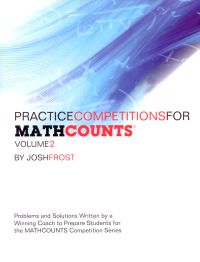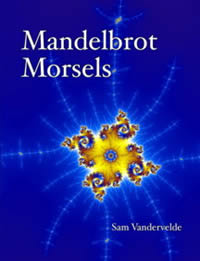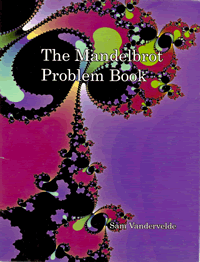Need help finding a book? Have questions about particular items?
Click here to Ask AoPS!Recommendations
Curriculum Map
Below is the "map" of all of our textbooks. Click on any book title to learn more about it.
The top row of the map consists of our core curriculum, which parallels the standard prealgebra-to-calculus school curriculum, but in much greater depth both in mathematical content and in problem-solving skills. We recommend that students proceed through our core curriculum in left-to-right order, supplementing with non-core books as desired.
Still unsure? Please contact us for a specific recommendation.
Curriculum Recommendations
If you still don't know which book to choose after reading the recommendations below, then click here to receive a personalized recommendation from AoPS staff.
Elementary School
Our Beast Academy elementary school curriculum is currently available for students in grades 1 through 5.
Beast Academy 1A is the first part in a four-part series for students ages 6–8. Level 1A includes chapters on counting, shapes, and comparing.
Beast Academy 1B is the second part in a four-part series for students ages 6–8. Level 1B includes chapters on addition, subtraction, and categories.
Beast Academy 1C is the third part in a four-part series for students ages 6–8. Level 1C includes chapters on addition & subtraction, comparison, and patterns.
Beast Academy 1D is the fourth part in a four-part series for students ages 6–8. Level 1D includes chapters on big numbers, measurement, and problem solving.
Beast Academy Guide 2A and its companion Practice 2A are the first part in a four-part series for students ages 7–9. Level 2A includes chapters on place value, comparing numbers, and addition.
Beast Academy Guide 2B and its companion Practice 2B are the second part in a four-part series for students ages 7–9. Level 2B includes chapters on subtraction, expressions, and problem solving.
Beast Academy Guide 2C and its companion Practice 2C are the third part in a four-part series for students ages 7–9. Level 2C includes chapters on measurement, addition and subtraction strategies, and odds & evens.
Beast Academy Guide 2D and its companion Practice 2D are the fourth part in a four-part series for students ages 7–9. Level 2D includes chapters on big numbers, algorithms, and problem solving.
Beast Academy Guide 3A and its companion Practice 3A are the first part in a four-part series for students ages 8–10. Level 3A includes chapters on shape classification, skip-counting, and perimeter and area.
Beast Academy Guide 3B and its companion Practice 3B are the second part in a four-part series for students ages 8–10. Level 3B includes chapters on multiplication, perfect squares, and the distributive property.
Beast Academy Guide 3C and its companion Practice 3C are the third part in a four-part series for students ages 8–10. Level 3C includes chapters on variables, division, and units and measure.
Beast Academy Guide 3D and its companion Practice 3D are the fourth part in a four-part series for students ages 8–10. Level 3D includes chapters on fractions, estimation, and area.
Beast Academy Guide 4A and its companion Practice 4A are the first part in a four-part series for students ages 9–12. Level 4A includes chapters on shapes, multiplication, and exponents.
Beast Academy Guide 4B and its companion Practice 4B are the second part in a four-part series for students ages 9–12. Level 4B includes chapters on counting, division, and logic.
Beast Academy Guide 4C and its companion Practice 4C are the third part in a four-part series for students ages 9–12. Level 4C includes chapters on factors, fractions, and integers.
Beast Academy Guide 5A and its companion Practice 5A are the first part in a four-part series for students ages 10–13. Level 5A includes chapters on 3D solids, integers, and expressions & equations.
Beast Academy Guide 5B and its companion Practice 5B are the second part in a four-part series for students ages 10–13. Level 5B includes chapters on statistics, factors & multiples, and fractions.
Beast Academy Guide 5C and its companion Practice 5C are the third part in a four-part series for students ages 10–13. Level 5C includes chapters on sequences, ratios & rates, and decimals.
Beast Academy Guide 5D and its companion Practice 5D are the fourth part in a four-part series for students ages 10–13. Level 5D includes chapters on percents, square roots, and exponents.
Prealgebra and Algebra
Students who have completed an elementary school curriculum but have not taken a Prealgebra (or equivalent) course should start with Prealgebra. Students who have worked with square roots, basic variable expressions such as 2x + 3, and basic linear equations such as the equation 2x + 7 = 23, but who have not taken an Algebra 1 course or an equivalent, may be ready to move on to Introduction to Algebra.
Related courses: Prealgebra 1 and Prealgebra 2
Related courses: Introduction to Algebra A and Introduction to Algebra B
Beyond Basic Algebra
Students who have completed a basic algebra course (such as a typical school Algebra 1 course) are ready for most of our Introduction series. Consider a break from algebra with Introduction to Counting & Probability and/or Introduction to Number Theory. Our Introduction to Algebra text goes well beyond the typical algebra curriculum, so you might consult the text's diagnostic post-test to see if your student might need to spend some time with Introduction to Algebra before continuing to Introduction to Geometry. Introduction to Geometry is the most challenging of the Introduction-level books.
Related courses: Introduction to Algebra A and Introduction to Algebra B
Related course: Introduction to Counting and Probability
Related course: Introduction to Geometry
Related course: Introduction to Number Theory
Advanced High School Math
Students without discrete math experience might start with our Introduction to Counting & Probability text before moving on to our Intermediate series of books. Intermediate Algebra should be completed before Precalculus, which should precede Calculus. The Intermediate Counting & Probability book is appropriate at any point in the sequence after Intermediate Algebra.
Related course: Introduction to Counting and Probability
A comprehensive textbook covering Algebra 2 and topics in Precalculus. This book is the follow-up to the acclaimed Introduction to Algebra textbook. In addition to offering standard Algebra 2 and Precalculus curriculum, the text includes advanced topics such as those problem solving strategies required for success on the AMC and AIME competitions.
Related course: Intermediate Algebra
A comprehensive textbook covering precalculus topics. Specific topics covered include trigonometry, complex numbers, vectors, and matrices. Includes many problems from the AIME and USAMO competitions.
Related course: Precalculus
Related course: Intermediate Counting and Probability
A comprehensive textbook covering single-variable calculus. Specific topics covered include limits, continuity, derivatives, integrals, power series, plane curves, and differential equations.
Related course: Calculus
Contest Preparation Recommendations
Elementary School Contests
Math Olympiads in the Elementary and Middle Schools spans grades 4-8, and offers a nice supplement to any elementary school curriculum. Creative Problem Solving in School Mathematics offers lessons and problems, while the other two books listed below offer problems and solutions from past contests.
Middle School Contests
The Art of Problem Solving Introduction series offers both a full math curriculum and problem solving training for middle school and beginning high school math contests. Over 1000 problems from major contests are included among the AoPS series of books. Our Art of Problem Solving Volume 1 and Competition Math for Middle School are designed specifically for contest preparation, and we also offer books published by MATHCOUNTS.
Related courses: Prealgebra 1 and Prealgebra 2
Related courses: Introduction to Algebra A and Introduction to Algebra B
Related course: Introduction to Counting and Probability
Related course: Introduction to Geometry
Related course: Introduction to Number Theory
Related courses: MATHCOUNTS/AMC 8 Advanced and AMC 10 Problem Series
Related course: MATHCOUNTS/AMC 8 Basics
High School Contests
In addition to offering a full curriculum for middle school and early high school students, the Art of Problem Solving Introduction series provides training for early high school contests such as the AMC 10. Meanwhile, our Intermediate series delivers a full curriculum for high school students alongside training for more advanced contests, such as the AIME and the Harvard-MIT Tournament.
Our classic Art of Problem Solving Volume 1 and Volume 2 have helped prepare students for major high school contests for over 20 years. We also offer books published by the Mathematical Association of America, which administers the AMC, and the Mandelbrot Competition.
Related courses: Introduction to Algebra A and Introduction to Algebra B
Related course: Introduction to Counting and Probability
Related course: Introduction to Geometry
Related course: Introduction to Number Theory
A comprehensive textbook covering Algebra 2 and topics in Precalculus. This book is the follow-up to the acclaimed Introduction to Algebra textbook. In addition to offering standard Algebra 2 and Precalculus curriculum, the text includes advanced topics such as those problem solving strategies required for success on the AMC and AIME competitions.
Related course: Intermediate Algebra
Related course: Intermediate Counting and Probability
A comprehensive textbook covering precalculus topics. Specific topics covered include trigonometry, complex numbers, vectors, and matrices. Includes many problems from the AIME and USAMO competitions.
Related course: Precalculus
Related courses: MATHCOUNTS/AMC 8 Advanced and AMC 10 Problem Series
Related courses: AMC 12 Problem Series, AIME Problem Series A, and AIME Problem Series B
High School Olympiads
National high school olympiads target the most experienced high school students in their respective countries. For example, the USA(J)MO in the United States is an invitational exam given to roughly 500 high scorers on preliminary contests. Our Intermediate series is useful for students just getting started with olympiads, and we offer several books from Titu Andreescu and the United Kingdom Mathematics Trust that target Olympiad students.
A comprehensive textbook covering Algebra 2 and topics in Precalculus. This book is the follow-up to the acclaimed Introduction to Algebra textbook. In addition to offering standard Algebra 2 and Precalculus curriculum, the text includes advanced topics such as those problem solving strategies required for success on the AMC and AIME competitions.
Related course: Intermediate Algebra
Related course: Intermediate Counting and Probability
A comprehensive textbook covering precalculus topics. Specific topics covered include trigonometry, complex numbers, vectors, and matrices. Includes many problems from the AIME and USAMO competitions.
Related course: Precalculus








